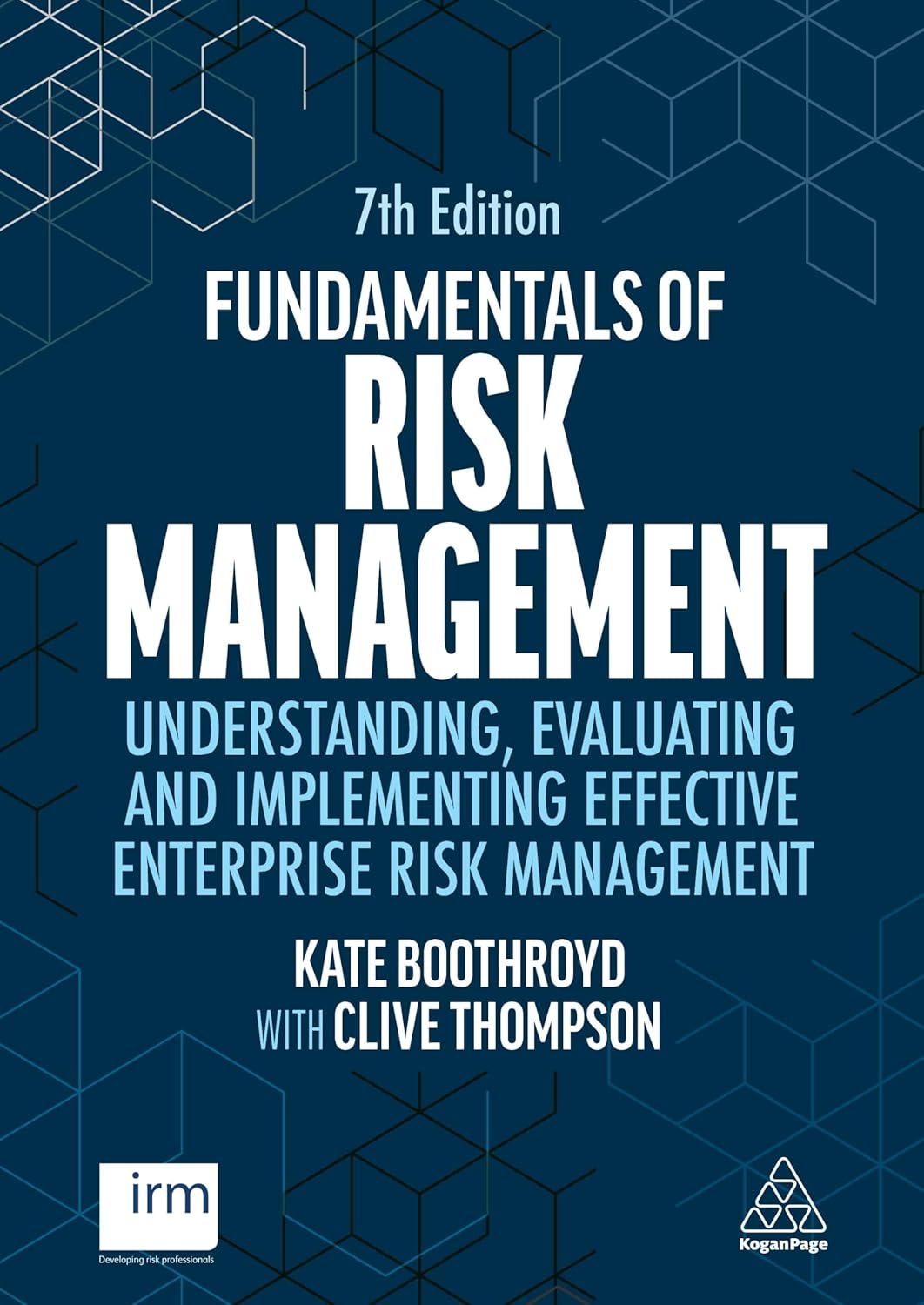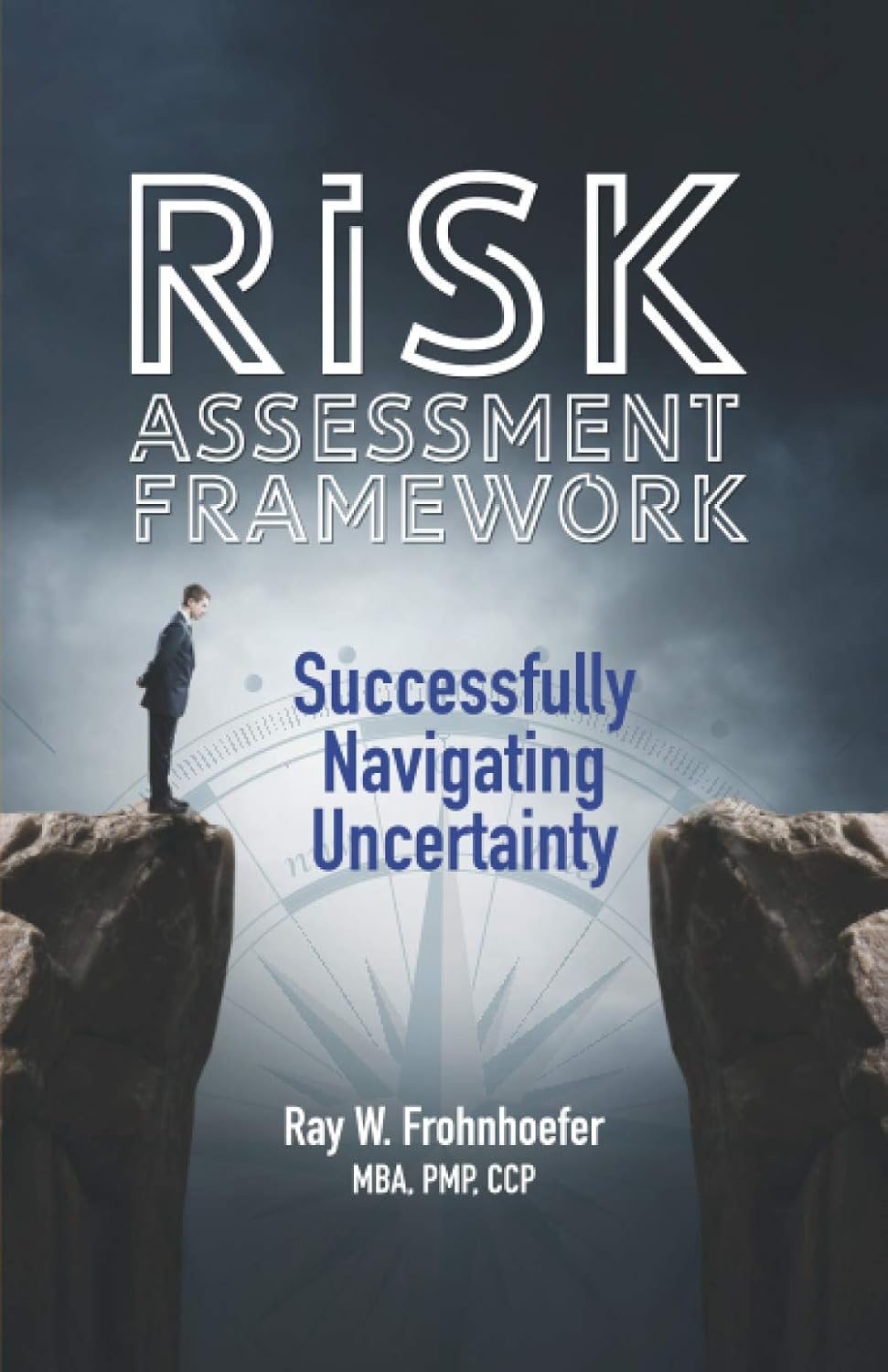
Risk Appetite
What is Risk Appetite?
Risk appetite refers to the level of risk an organization is willing to accept in order to achieve its objectives. It reflects the amount and type of risk leaders are prepared to take after considering potential rewards, resources, and constraints. This concept is essential in guiding decision-making, especially in project management, strategic planning, and investment analysis.
Understanding the risk appetite helps ensure that projects align with the organization’s tolerance for uncertainty and exposure. It is a benchmark for evaluating whether a proposed project or activity fits within acceptable risk boundaries. Although it is usually defined at the executive level, it must be communicated clearly throughout the organization to support consistent risk-aware decisions.
Key Points
- It differs from risk tolerance, which defines the acceptable outcome variation; appetite sets the overall limit.
- It supports alignment between project choices and strategic goals.
- Review appetite for risks regularly to reflect internal or external environment changes.
- A clearly defined appetite enables better prioritization and resource allocation.
- It forms part of a broader risk management framework that includes identification, assessment, response, and monitoring.
Related Terms
- An organization’s risk tolerance defines the acceptable level of variation in performance around a specific objective.
- A strong risk management plan uses risk appetite to set thresholds for acceptable and unacceptable project risks.
- The risk register helps track and assess risks based on their alignment with the organization’s stated acceptable level.
- An effective governance framework includes defining, reviewing, and applying risk appetite.
- Project risk assessment incorporates risk appetite when evaluating identified risks’ potential impact and likelihood.
Risk Appetite: Example
A government agency is planning a major IT upgrade. The leadership team states they are reluctant to accept risk for data security breaches, meaning they will not tolerate significant exposure in this area. Consequently, the project team invests in additional cybersecurity measures and avoids unvetted third-party tools. This choice aligns the project approach with the organization’s willingness to accept risks and avoids exposing the agency to threats it is unwilling to tolerate.
Risk Appetite: Best Practices
- Define the organization’s appetite through executive input and strategic analysis.
- Align project risk levels with the stated appetite before approving plans.
- Communicate the appetite clearly to all stakeholders and project teams.
- Integrate it into project selection, budgeting, and scheduling decisions.
- Regularly reassess the organization’s risk acceptance as objectives, markets, or regulations evolve.
Additional Resources
Preparing for a PMI certification?
- Exam Prep Courses: PMP®, CAPM®, and PMI-ACP®
- Exam Simulators: PMP®, CAPM®, PMI-ACP®, PMI-PBA®, PMI-RMP®, PMI-SP®, PgMP®, and PfMP®
- Professional Development Units (PDUs): 15, 30, and 60 PDU Bundles




